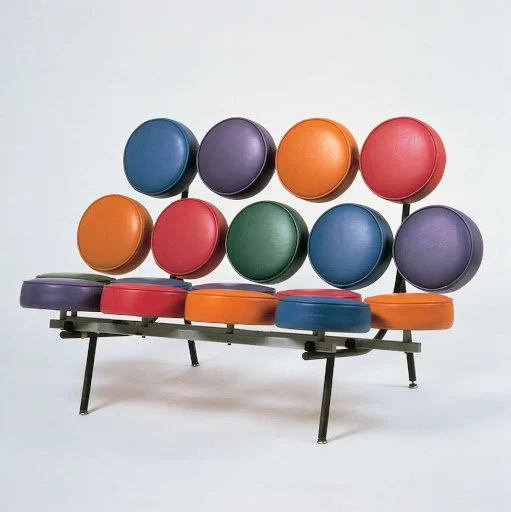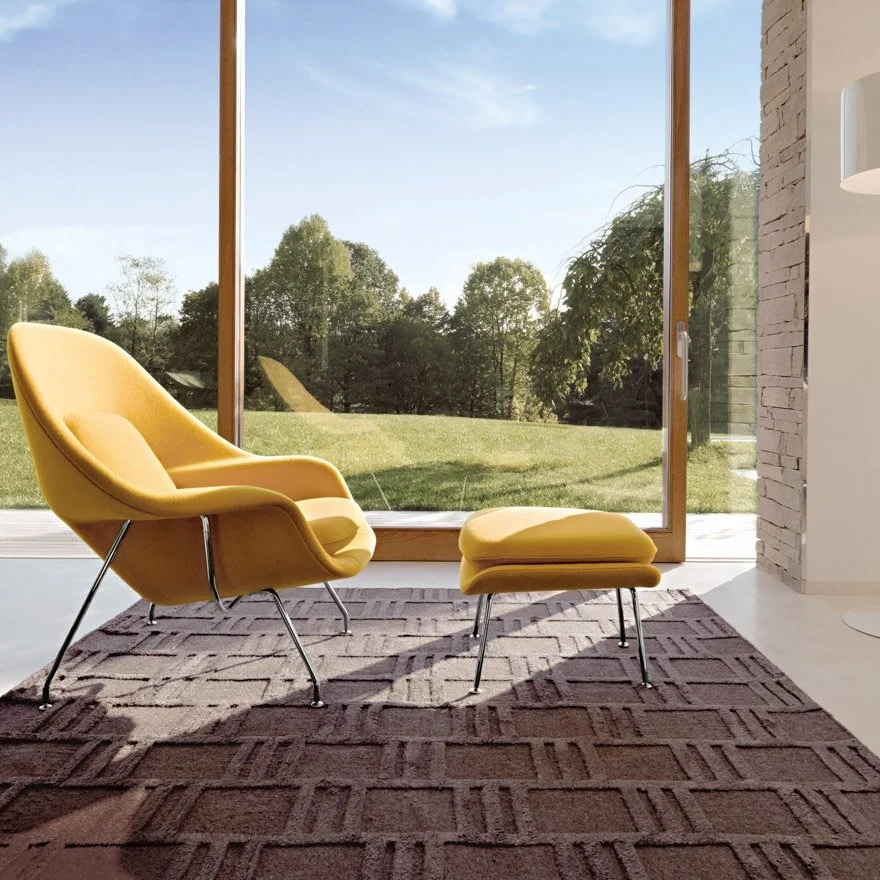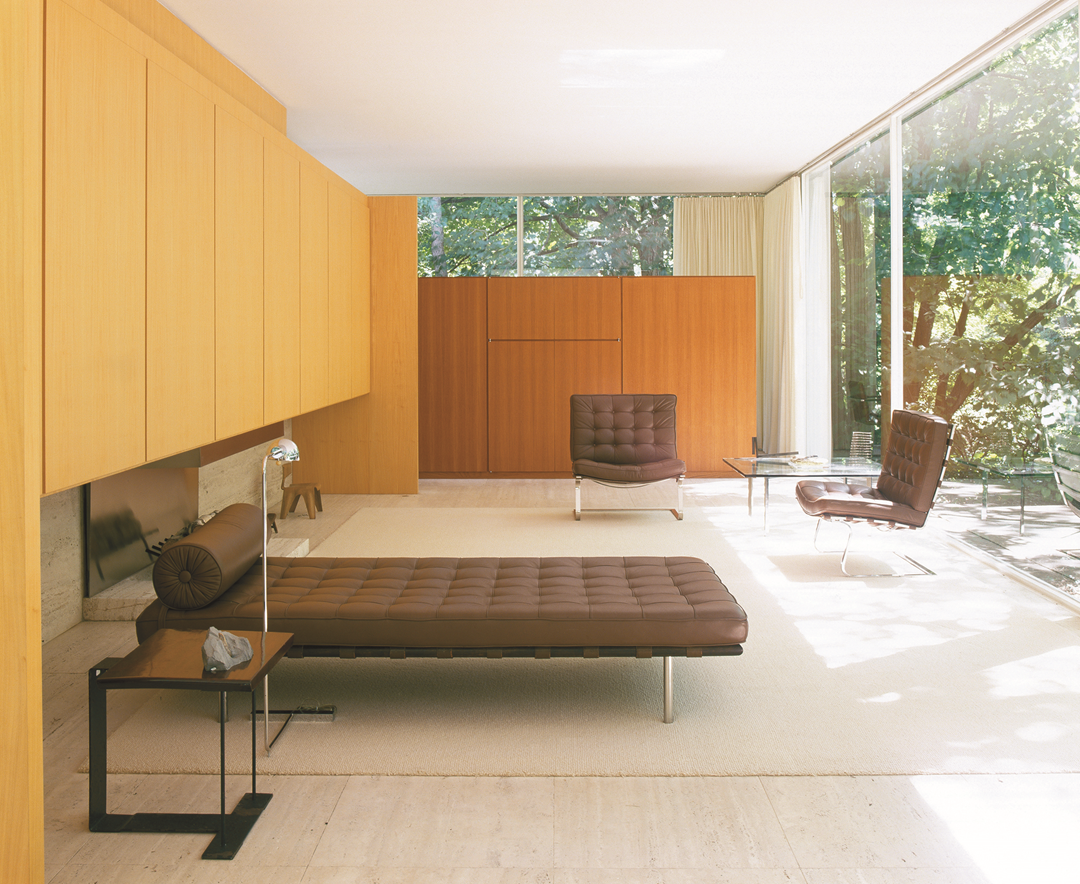The Legacy of Mid-Century Modern Design
Welcome back to Vintage Home! Today, we’re exploring the legacy of mid-century modern design. Known for its simplicity, functionality, and elegance, mid-century modern design has left an indelible mark on the world of interior decor. Join us as we delve into its history, key characteristics, and enduring appeal in the modern vintage universe.
History Mid-century modern design emerged in the mid-20th century, roughly from the 1940s to the 1960s. This design movement was heavily influenced by the post-World War II era, during which there was a focus on innovative building materials, new technologies, and a desire for simplicity in home furnishings.
Pioneers of this movement included architects and designers such as Charles and Ray Eames, George Nelson, Eero Saarinen, and Ludwig Mies van der Rohe. These visionaries sought to create functional, beautiful, and accessible furniture and home decor. Their designs emphasized clean lines, organic curves, and the use of new materials like plywood, plastic, and metal.
Mid-century modern design is characterized by:
Simplicity and Functionality: Designs are stripped of unnecessary ornamentation, focusing instead on clean lines and functionality.
Organic and Geometric Forms: The use of both organic shapes and geometric patterns creates a balance between nature and structure.
Innovative Materials: Introduction of materials like molded plywood, fiberglass, and aluminum allowed for new forms and aesthetics.
Integration with Nature: Large windows, open floor plans, and the use of natural materials aimed to bring the outdoors inside.
Bold Use of Color: Bright and bold colors were often used, sometimes in contrast with natural wood tones and neutral shades.
Today, mid-century modern design continues to be celebrated and sought after for its timeless appeal and versatility. It seamlessly integrates with contemporary decor, providing a sense of nostalgia and elegance. Many of the original pieces have become highly collectible, and reproductions are widely available to cater to the ongoing demand.
Modern homes often incorporate mid-century modern elements, whether through statement furniture pieces, such as an Eames Lounge Chair, or through smaller decor items like atomic starburst wall clocks. The movement's emphasis on simplicity and functionality aligns perfectly with today’s minimalist design trends.
Little-Known Facts
Democratic Design: One of the goals of mid-century modern designers was to make high-quality design accessible to the masses, which is why many pieces were mass-produced.
Architectural Influence: The principles of mid-century modern design also heavily influenced architecture, leading to the creation of iconic structures such as the Stahl House in Los Angeles.
Sustainability: The movement's focus on durability and high-quality materials means that many mid-century modern pieces have stood the test of time and remain in use today.
Buying Tips
Purchasing authentic mid-century modern pieces can be both exciting and daunting. Here are some tips to help you make informed decisions:
Authenticity: Look for labels, stamps, or signatures from known designers and manufacturers. Authentic pieces often have markings from companies like Herman Miller or Knoll.
Condition: Check the condition of the item. While some wear and tear is expected, especially in older pieces, excessive damage or repairs can affect the piece's value.
Materials: Familiarize yourself with the materials used in mid-century modern furniture. Authentic pieces often use high-quality woods, such as teak or walnut, and innovative materials like fiberglass.
Provenance: Whenever possible, ask for the item's history. Provenance can add to the piece's value and authenticity.
Price Range: Prices for mid-century modern pieces can vary widely. Authentic designer items can be expensive, while quality reproductions offer a more budget-friendly option.
Where to Buy
Vintage Stores and Antique Shops: These places often have authentic pieces with a bit of history.
Online Marketplaces: Websites like 1stdibs, Chairish, and eBay can be great resources, but be sure to verify the authenticity and condition of the items.
Auctions: Keep an eye on furniture auctions for the chance to find unique and authentic mid-century modern pieces.
Reputable Dealers: Specialized mid-century modern dealers can offer expertise and assurance of authenticity.
The mid-century modern design remains a beloved and influential style, celebrated for its timeless elegance and functional beauty. Whether you’re a seasoned collector or new to the world of vintage decor, incorporating mid-century modern pieces into your home is sure to add a touch of sophistication and history. Stay tuned for our next post as we continue to explore the fascinating world of vintage decor.




